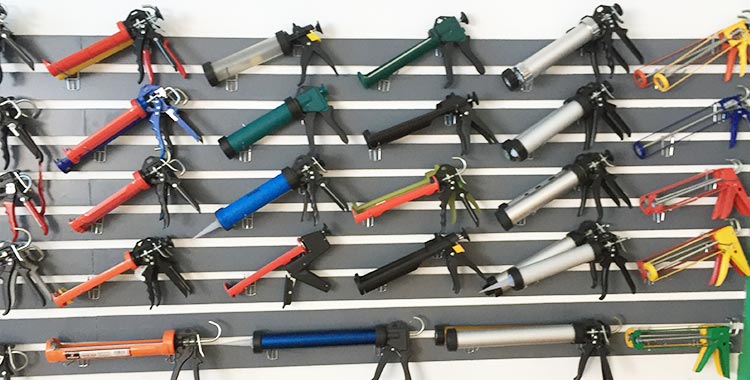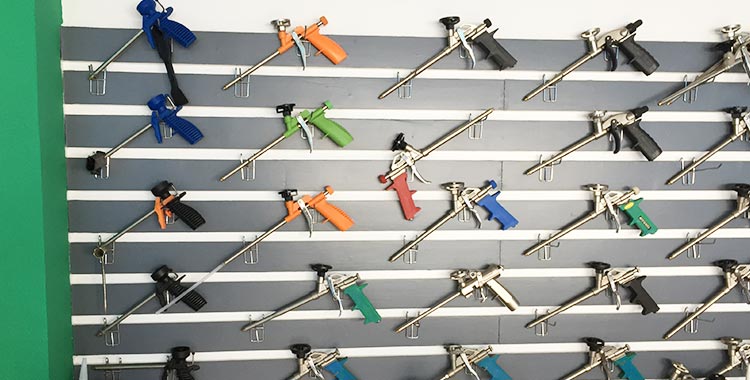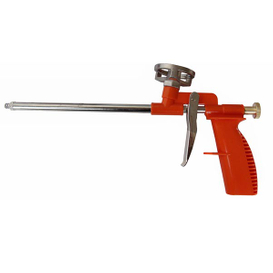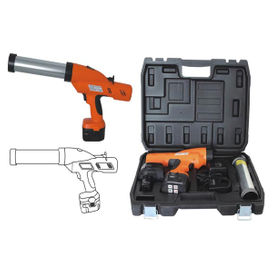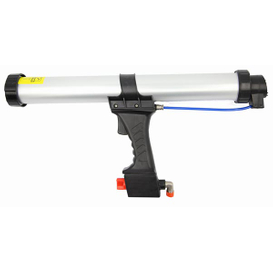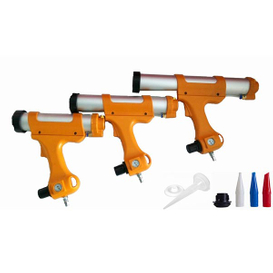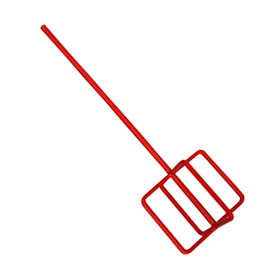ACTUATING HANDLE for aerosol DISPENSING CANS
This product relates to actuating means for dispensers of the Aerosol type.
Dispensing containers of the Aerosol or spray mist type are conventionally provided at their tops with reciproca tory push button valve means adapted to be operated by a finger of the user during spraying operations. This neces sitates the user grasping the container by hand and placing a finger upon the dispensing push button in close proximity to the aperture through which the spray mist discharges from the container. The dispenser frequently contains paint, liquid insecticide or other poisonous material which should not be allowed to contact the skin directly in any appreciable quantity. Hence, in many cases, it is highly undesirable to use dispensers of this type without the aid of some means to enable the user to operate the dispenser without holding the same directly in the hand and operating the dispensing push button with a finger or the thumb.
An object of this invention is to provide an actuator for spray mist dispensers of the above-mentioned type, which actuator enables the user to support the dispensing con tainer in spaced relation to the hand and to operate the push button means of the dispenser without contacting the same directly with a finger or the thumb.
A further object of the invention is to provide an actuator for dispensers of the above-mentioned character, which actuator is in the nature of a handle attachment for the dispenser with simplified manually operable means to depress the push button valve means of the dispenser with out touching the same directly with the hand.
Another object is to provide an actuating handle attach ment for dispensers of the above-mentioned type, which attachment is of one piece or unitary construction and formed entirely of material which is somewhat resilient so that parts of the actuating attachment may be moved by the user by a simple gripping action to cause the desired dispensing of the fluid material, said parts return ing automatically to inactive non-dispensing positions when the user merely relaxes his grip on the attachment.
A further object is to provide an actuating handle at tachment of the above-mentioned type which is extremely simplified, lightweight, durable in construction, and very inexpensive to manufacture.
 English
English

